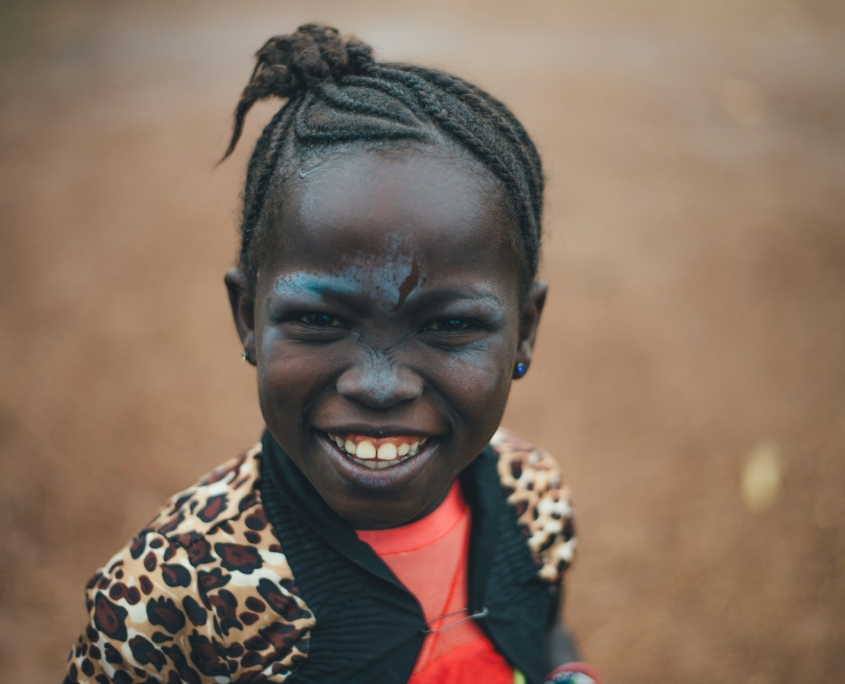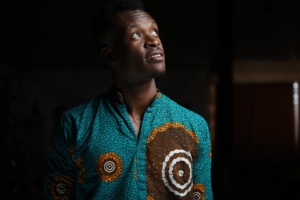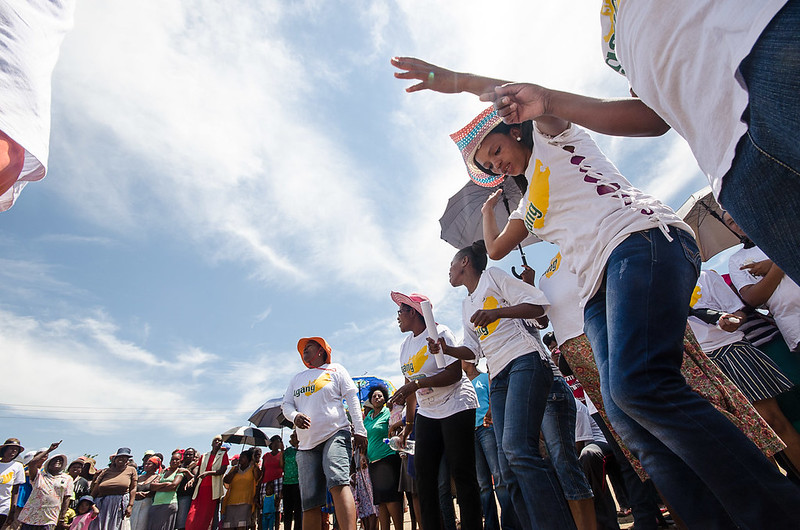 Despite decades of efforts to reduce poverty, South Africa’s levels of income inequality still rank “amongst the world’s most extreme.” As the country struggles against colonial and apartheid legacies and a lack of economic growth, the 2014 World Bank data suggested that approximately 55% of the South African population was living below the poverty line.
Despite decades of efforts to reduce poverty, South Africa’s levels of income inequality still rank “amongst the world’s most extreme.” As the country struggles against colonial and apartheid legacies and a lack of economic growth, the 2014 World Bank data suggested that approximately 55% of the South African population was living below the poverty line.
E-International Relations article has identified an undeniable and inextricable link between poverty and ill health, with poverty preventing access to hospital treatment, and ill health preventing the ability to carry out labor. It may be unsurprising, then, that HIV in the country is not just widespread, but at the epicenter of the wider HIV epidemic. Despite this, USAID programs in South Africa aim to change this reality and recent developments in their work suggest a brighter future for the health of the population.
HIV Prevalence in South Africa
In 2022, the South African government estimated that 8.45 million people were living with HIV in the country, and as of 2019, 20% of all new HIV cases occurred there. The concentration of cases in the 15-49 age group, where individuals are of reproductive age further exacerbates the crisis. Combined with conditions such as low condom use in the 15-24 age group, and young men debuting sexually at earlier ages (before age 15), HIV continues to wage its war on the South African population, according to the Center for Strategic and International Studies (CSIS).
USAID’s Response
USAID is doing critical work in the health sector. The agency’s work in the region is facilitated through the President’s Emergency Plan for AIDS Relief (PEPFAR), a scheme through which the U.S. government has contributed more than $110 billion to the global HIV/AIDS response. PEPFAR’s funding allows USAID to work effectively against the HIV crisis in South Africa, ultimately aiming to strengthen the country’s overall health system.
Though the South African government finances almost 80% of its HIV response, according to the CSIS, USAID has also been instrumental. The agency has been able to provide more than 1.4 million antiretroviral treatments (ART) in South Africa, a treatment that prolongs the lives of those already infected with HIV. Furthermore, according to its website, it has supported the South African National TB Program in expanding its treatment capacity, an essential strategy in fighting the public health threat posed by HIV and AIDS-related tuberculosis.
A Future of Prevention
In September 2023, USAID announced that it had partnered with the South African Medical Research Council, contracting them for research and development of an HIV vaccine. This development in USAID programs in South Africa marks a notable shift from a focus on treating HIV infection, to preventing it, and fittingly accompanies PEPFAR’s plan to focus on sustainable prevention of HIV throughout the next five years, according to USAID’s website. The search for an HIV vaccine has been ongoing for 40 years, and this localized initiative will now allow South African scientists to be at the forefront of healing their country from crisis.
In USAID’s official press release for this contract, Deputy Administrator Paloma Adams-Allen emphasized that, in South Africa, “the scientific community is on the cusp of developing a vaccine to prevent HIV.” This hopeful suggestion, and the clear shift from treatment towards prevention, points to a brighter future for South Africa and is a significant step towards USAID and PEPFAR’s goal to end HIV as a public health threat by 2030.
– Maeve Relihan
Maeve is based in Birmingham, UK and focuses on Global Health and Politics for The Borgen Project.
Photo: Flickr


 With
With 


 Each day, approximately
Each day, approximately 
 Despite significant progress in women’s suffrage,
Despite significant progress in women’s suffrage,